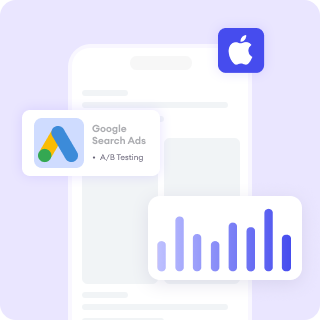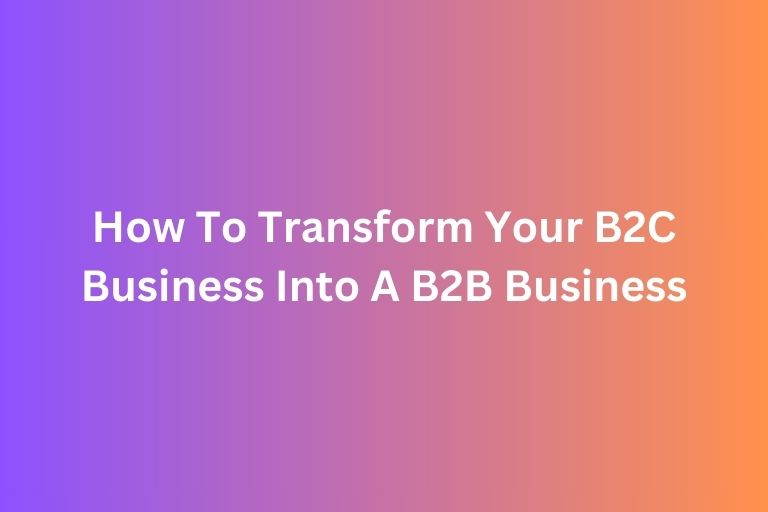At the Interest stage, businesses focus on turning intrigued prospects into engaged leads. This phase is where curiosity blossoms into genuine interest, setting the stage for a possible conversion from potential customers or users.
Once a prospect becomes aware of your brand, the next step is to engage with them meaningfully. At this point, they’re exploring options, evaluating value propositions, and deciding if your offering deserves their attention. Engaging them effectively during this phase is essential to nurture their interest and encourage them to move further down the funnel.
Here’s how you can engage with potential users and build interest during The Interest Stage in Marketing Funnel:
Strategies to Engage and Build Interest With Potential Users
1. Create Valuable Content
The first rule of engagement is providing value. Educational, entertaining, or problem-solving content resonates with prospects. Use blog posts, how-to guides, videos, or infographics to highlight how your product or service addresses their pain points.
Example: A SaaS company might offer a free eBook titled "10 Ways to Streamline Your Workflow with Automation Tools." This positions them as a helpful resource while subtly showcasing their expertise.
How To Do It?
- Conduct surveys, analyze customer data, or use tools like Google Analytics to identify your audience's pain points, preferences, and questions.
- Plan a mix of blog posts, videos, and infographics. Aim for consistency in publishing valuable content to keep your audience engaged. You can start by doing a content calendar.
- Instead of dry data, use storytelling to illustrate your product’s benefits with real-world applications.
2. Personalized Communication
Today’s consumers expect tailored experiences. Leverage data to segment your audience and deliver messages that speak to their unique needs and preferences. Personalized email campaigns, dynamic website content, and targeted social media ads go a long way in capturing attention.
How To Do It?
- Use signup forms, website behavior tracking, and email interactions to gather insights.
- Segment your prospects into categories based on demographics, interests, or purchase history.
- Customize your messages for different target audiences or prospects. For example, an email campaign for eco-conscious consumers might highlight your brand's sustainability initiatives, while a different email might target cost-saving features for budget-conscious prospects.
3. Engage on Social Media
Social platforms are dynamic environments for building interest. Share engaging posts, host Q&A sessions, or go live to discuss relevant topics. Encouraging user interaction with polls, quizzes, and comment threads fosters a sense of community and connection.
Tip: Use analytics to determine which platforms your audience frequents most and focus your efforts there.
How To Do It?
- Identify where your target audience spends their time. LinkedIn might work for B2B businesses, while Instagram is better for visually-driven B2C brands.
- Post thought-provoking questions, conduct polls, or respond promptly to comments and messages to start a conversation with others.
- Use popular hashtags in your industry to increase the visibility of your posts. E.g #buildinpublic #indiegames
4. Leverage Testimonials and Case Studies
People trust real stories. Showcase testimonials, success stories, or case studies that demonstrate your product or service in action. These not only build trust but also provide relatable examples of how you solve problems.
How To Do It?
- Reach out to satisfied customers and ask for feedback. Encourage them to provide specific details about their experience.
- Create video testimonials e.g A short video of a happy customer sharing their story.
- Publish case studies and highlight a customer problem, your solution, and measurable results. Make these available on your website and share snippets on social media.
5. Offer Free Resources or Demos
Freebies are an excellent way to lower barriers to entry. Free trials, samples, or interactive demos allow prospects to experience your value firsthand. The key is to make these offerings simple to access and packed with utility.
How To Do It?
- Determine which resource will provide maximum value to your audience. e.g. a free eBook, checklist, webinar, or product trial.
- Minimize the effort required to claim the free resource. Use a one-step signup form or an easy download link.
- After a free trial or demo, reach out with personalized follow-ups asking for feedback or offering further guidance.
Conclusion
The Interest stage is about fostering curiosity and building trust. When done right, the Interest stage sets the stage for continued success as leads move further along the marketing funnel.
Key Takeaways
- Define Goals: What do you want to achieve at the Interest stage? More email signups, increased social engagement, or higher free trial adoption? Be specific.
- Create a Content Strategy: Develop engaging materials tailored to your audience’s needs. Focus on solving their problems or answering their questions.
- Build a Communication Workflow: Use marketing automation tools like HubSpot or ActiveCampaign to send personalized messages at the right time.
- Invest in Social Listening: Use tools like Sprout Social to monitor and respond to conversations about your brand or industry.
- Monitor and Optimize: Track your engagement metrics. If one strategy underperforms, tweak your approach, such as refining messaging or choosing different platforms.
Improve your site performance with FoxAdvert!
If you are looking forward to how to improve your site performance, our professional team of digital marketers at FoxAdvert experts can help you. Contact us today to start your journey 😊











